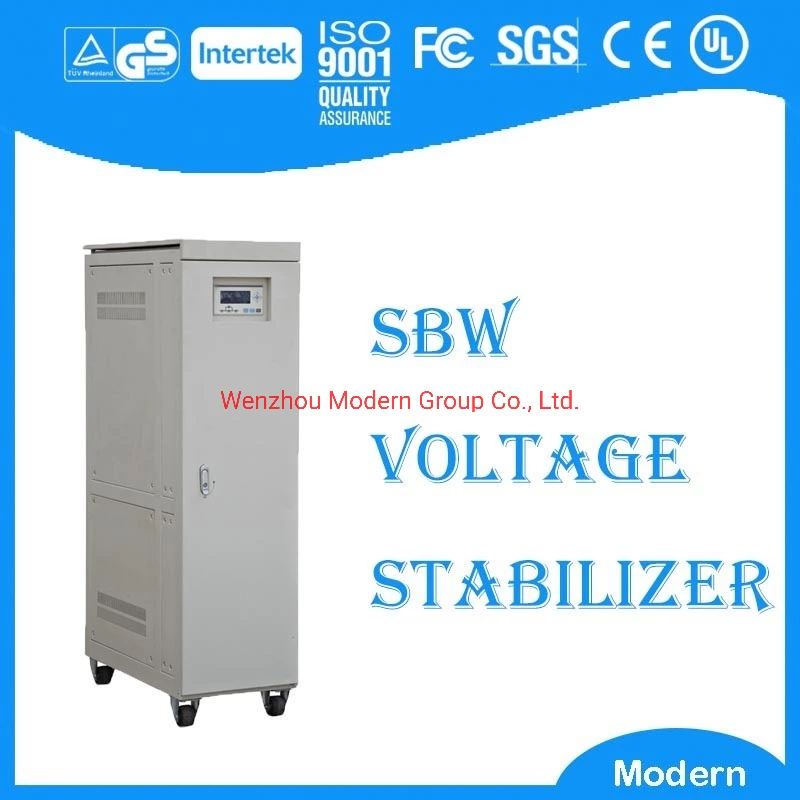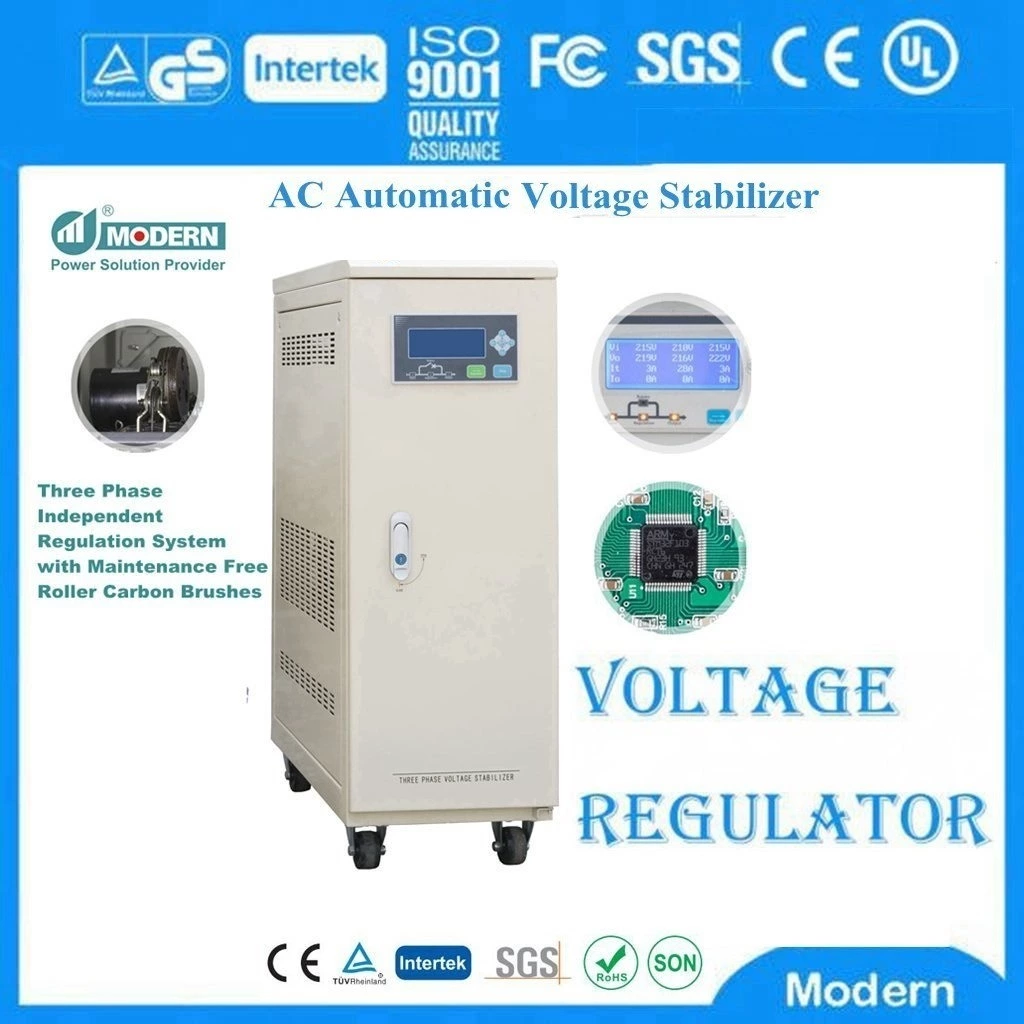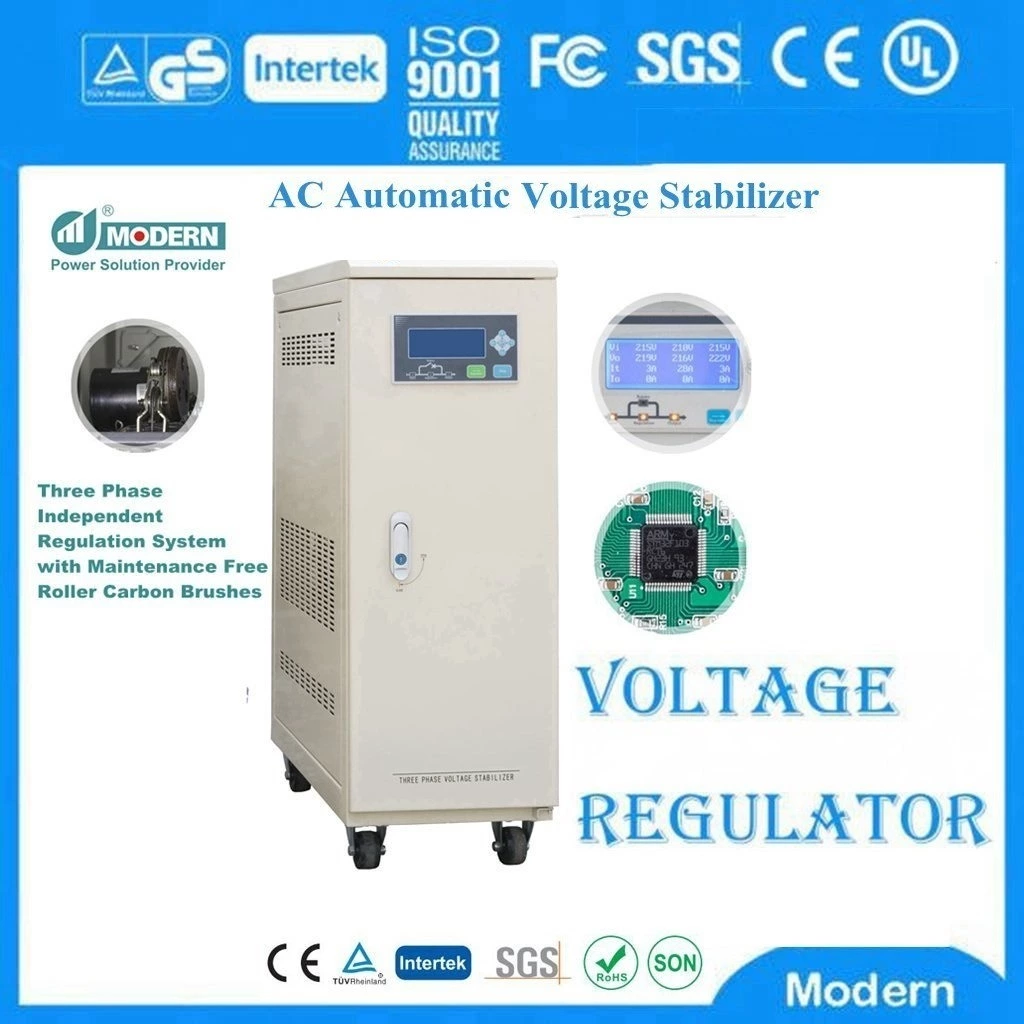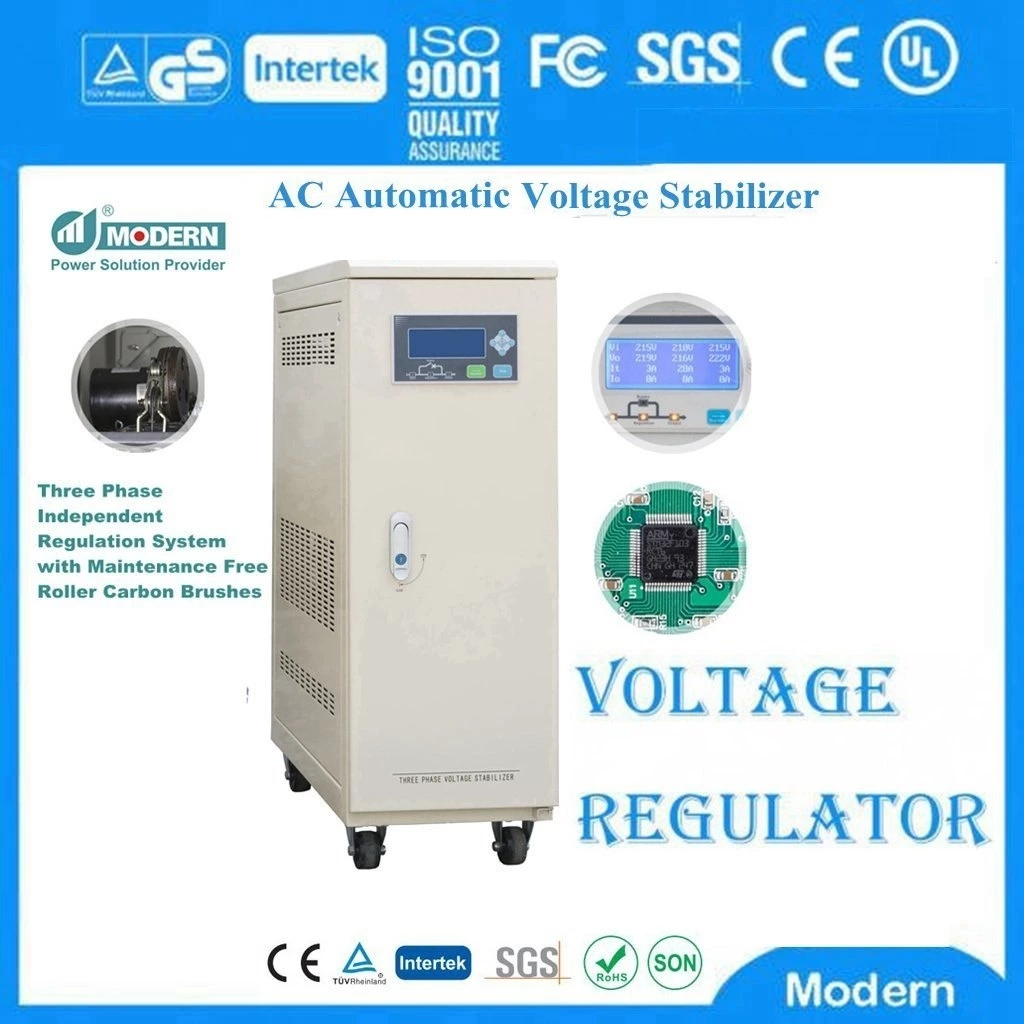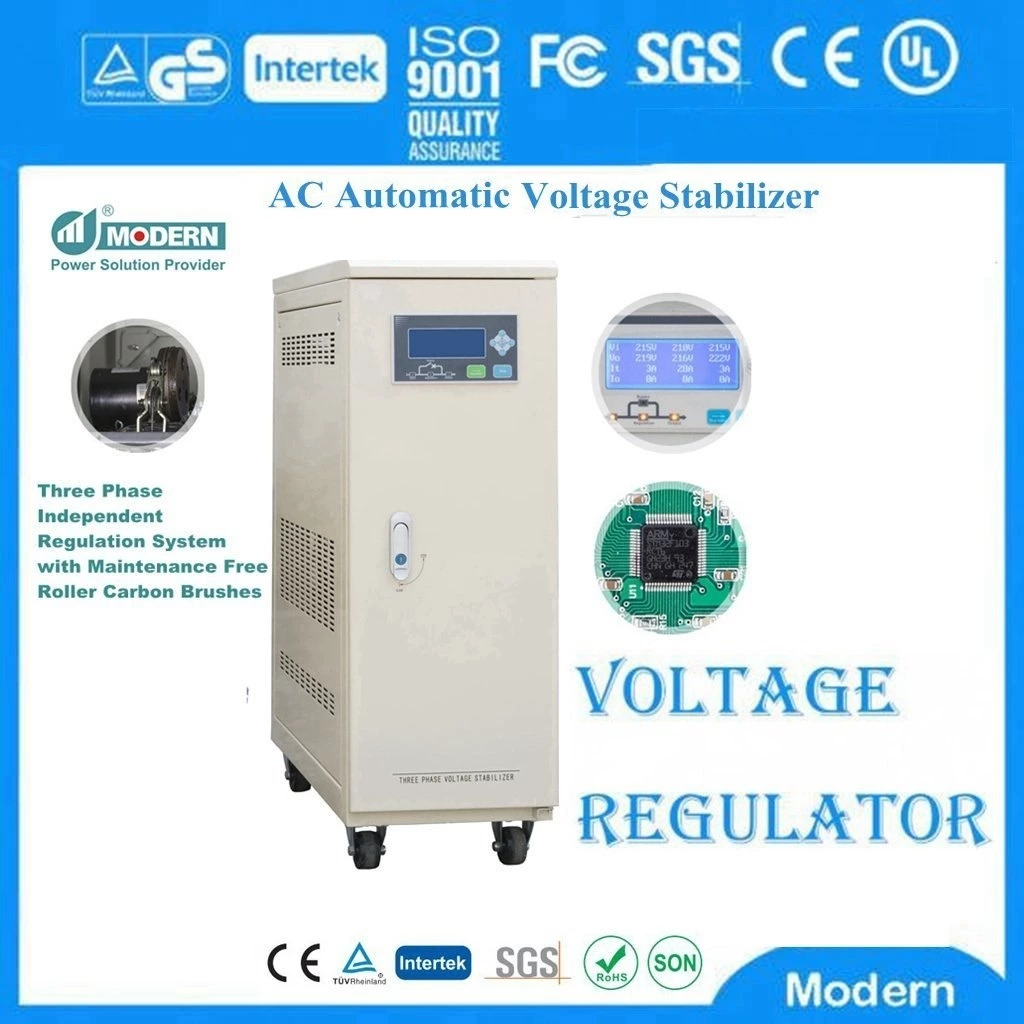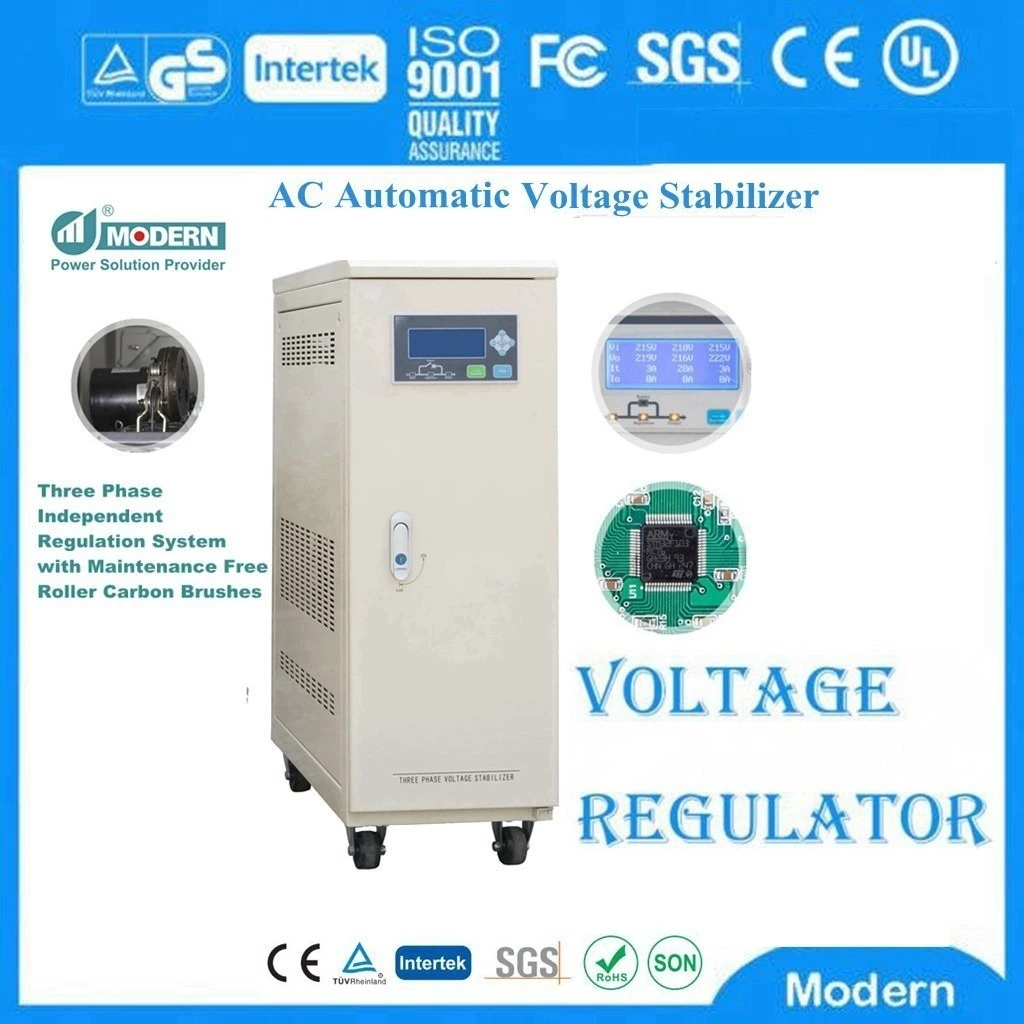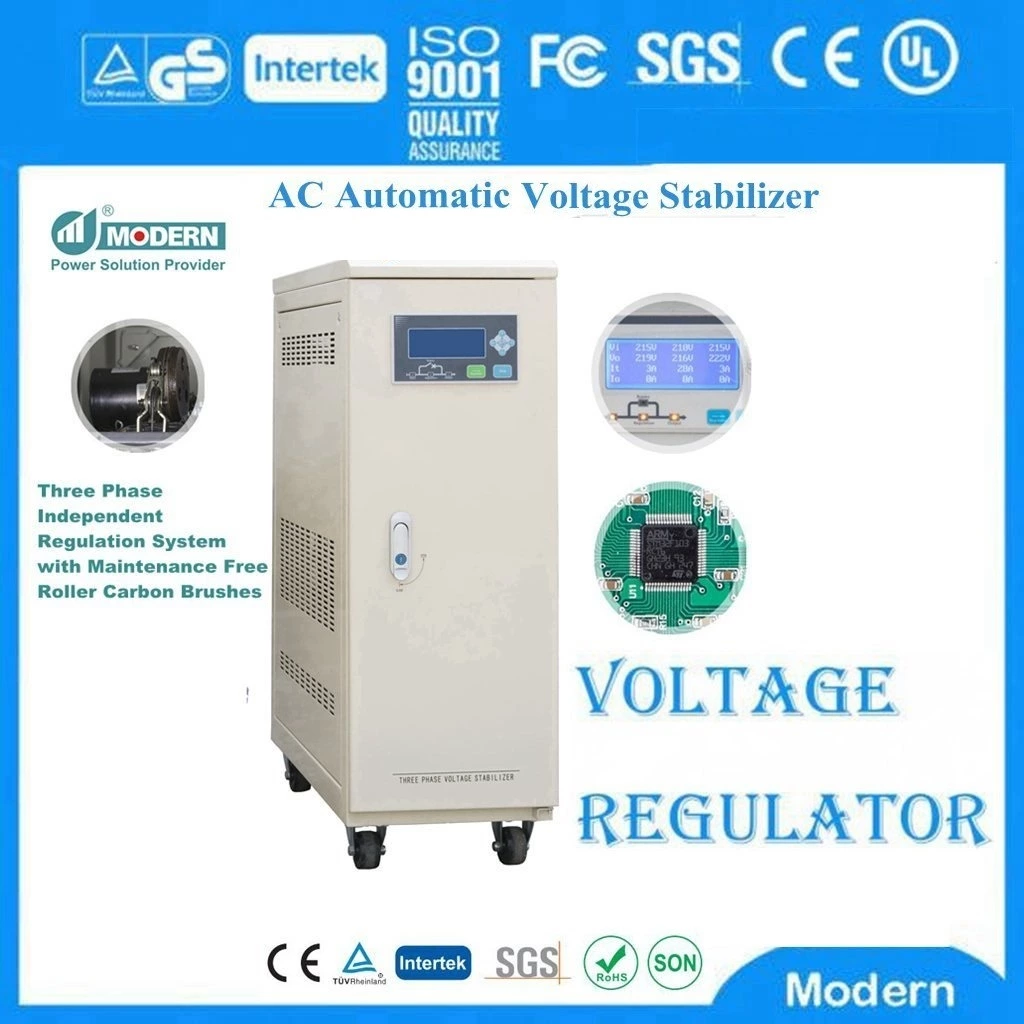How Do Automatic Voltage Regulators Ensure The Stability Of The Load Voltage?
During operation, the automatic whole house automatic voltage regulator first samples the instantaneous voltage value at the generator or distribution bus terminals via its internal detection module and compares it with a set reference value. This detection module generates an error signal for the terminal voltage deviation. Based on this error signal, whole house voltage regulator controls the excitation system (or electronic switching device) to dynamically adjust the excitation current or transformer taps to adjust the AC output voltage.
When the load current increases, causing the output voltage to decrease, three phase voltage regulator increases the excitation current or modifies the switching taps, thereby raising the output voltage to the set range. Conversely, when the load decreases and the output voltage shows an upward trend, the system reduces the excitation amount or decreases the output tap ratio, causing the output to fall back to the target range. This process is particularly critical under variable load conditions.

 Русский
Русский
 Français
Français
 Português
Português
 Español
Español
 اللغة العربية
اللغة العربية
